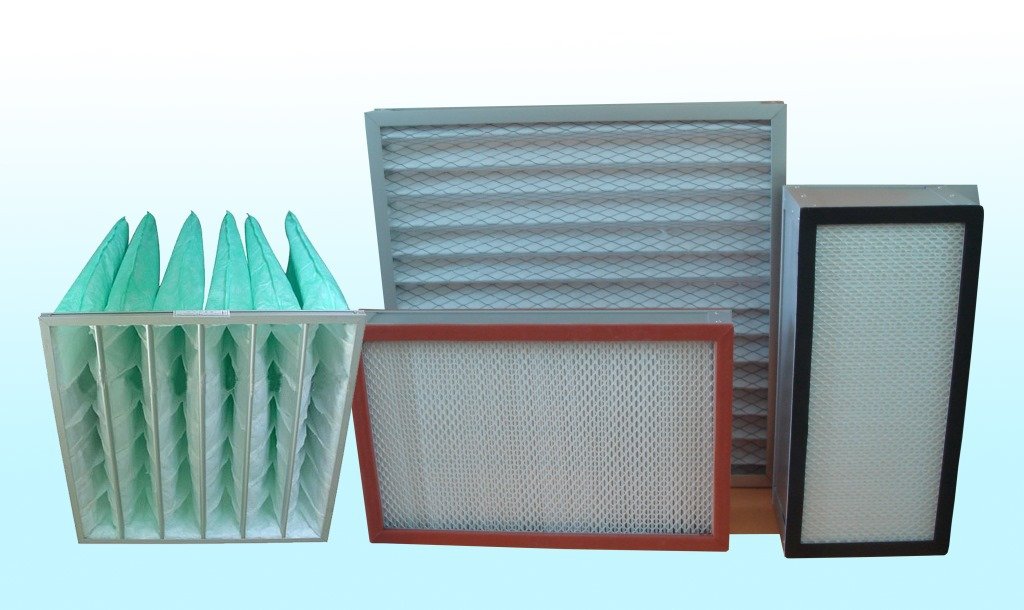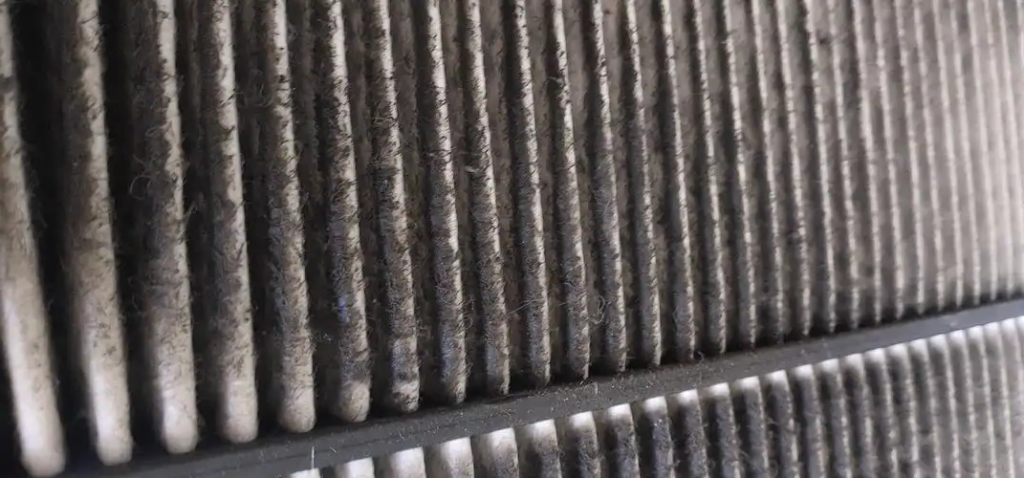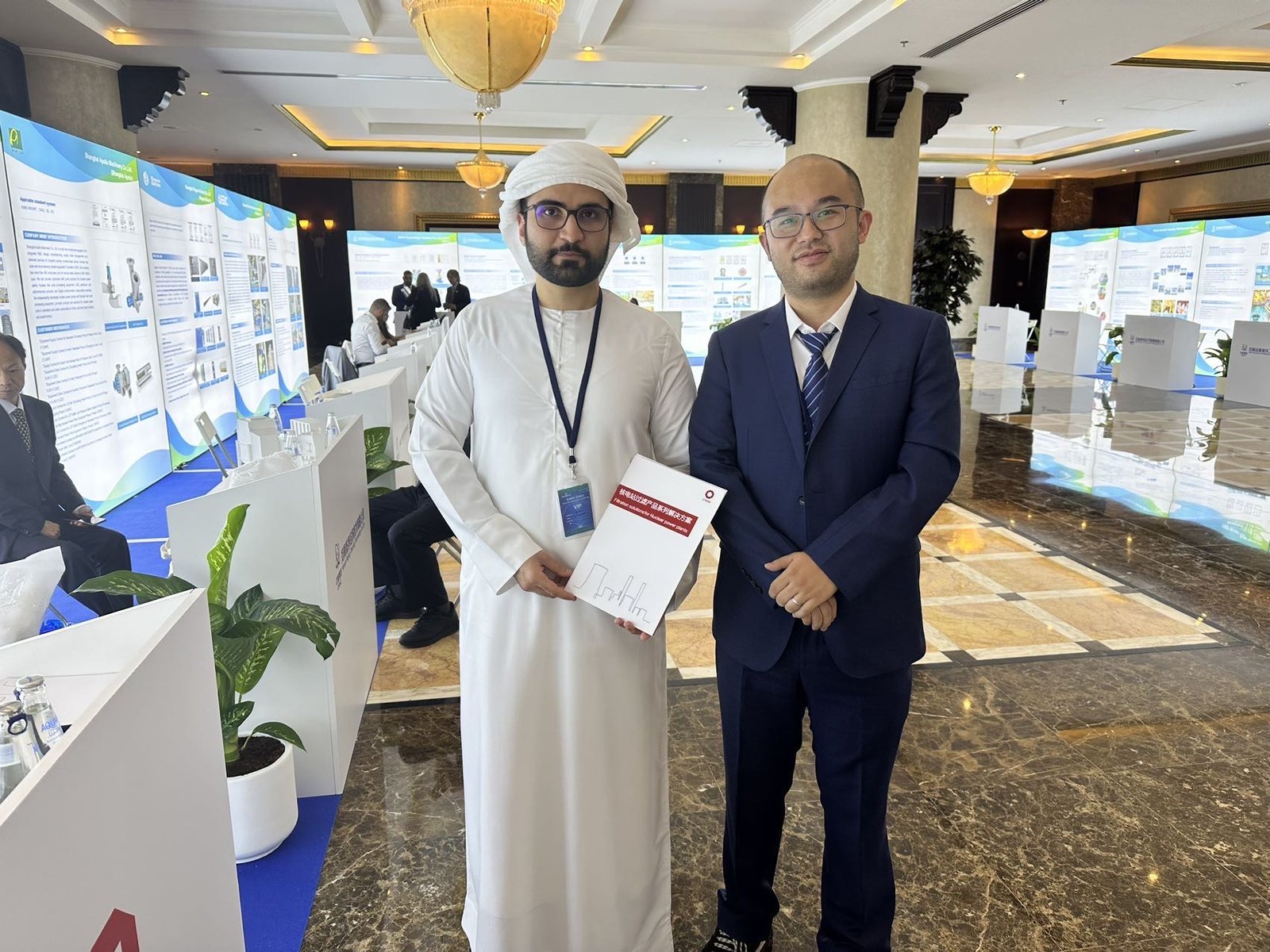An H13 HEPA filter is a high-efficiency particulate air filter that captures at least 99.95% of airborne particles as small as 0.3 microns.
As a filtration expert with 20 years of experience, I can tell you that H13 filters are widely used in medical facilities, cleanrooms, and high-purity environments where air quality is critical. Their superior efficiency makes them ideal for trapping allergens, bacteria, and fine dust, ensuring cleaner and safer air.
What Does H13 Mean in HEPA Filters?
🔍HEPA stands for High-Efficiency Particulate Air, and it refers to a type of filter that can trap a high percentage of airborne particles. The H13 classification is part of the EN 1822 standard, which defines the efficiency of HEPA filters.
- H13 HEPA filters can capture 99.97% of particles as small as 0.3 microns.
- This makes them highly effective for removing pollutants like dust, pollen, mold spores, and even some bacteria and viruses.
How Does an H13 HEPA Filter Work?
H13 HEPA filters utilize a dense network of fibers to effectively capture airborne particles through three key mechanisms:
- Interception – Small particles traveling with the airflow are caught by the fibers.
- Impaction – Larger particles, unable to follow the airstream, collide with the fibers and adhere to them.
- Diffusion – Ultrafine particles move erratically due to Brownian motion, increasing their chances of being trapped.
This multi-layered filtration process ensures the efficient removal of even the tiniest contaminants, making H13 HEPA filters highly effective for improving air quality.

H13 HEPA Filter Efficiency & Certification
- Test Standard: Certified under EN 1822 (European Norm).
- Filtration Efficiency: Captures 99.95% of airborne particles ≥0.3μm (including PM2.5, pollen, and mold spores).
- Medical Applications: Effective against bacteria and certain viruses (e.g., used in ICU ventilators).
HEPA Filter Comparison Table
| Filter Grade | Efficiency | Typical Use Cases |
|---|---|---|
| H11 | 95% | Basic home air purifiers |
| H13 | 99.95% | Hospitals, laboratories, premium air purifiers |
| H14 | 99.995% | Cleanrooms, nuclear facilities |
Pros and Cons of H13 HEPA Filters
✅ Pros
- High Filtration Efficiency: Effectively captures PM2.5, allergens, bacteria, and some viruses.
- Longer Lifespan: More durable than lower-grade filters when properly maintained.
- Ideal for Sensitive Environments: Beneficial for allergy sufferers and areas with high pollution levels.
❌ Cons
- Higher Cost: Replacement filters typically range from $50–$200.
- Reduced Airflow: May slightly increase energy consumption due to airflow resistance.
- Not Washable: Most H13 filters are disposable and require regular replacement.

Is true HEPA better than H13?
H13 is a specific grade of HEPA filter, not inferior to so-called “True HEPA.” Different HEPA grades (H10–H14) have varying efficiencies and applications, making them suitable for different needs.
HEPA Filter Grades
- H10–H12 (85%–99.5% 0.3μm) – Used in household air purifiers and commercial spaces.
- H13 (99.95% 0.3μm) – Ideal for hospitals, labs, and high-end air purifiers.
- H14 (99.995% 0.3μm) – Used in cleanrooms, precision manufacturing, and nuclear facilities.
While H14 offers higher filtration, it also has greater airflow resistance and cost.
H13 strikes a balance between efficiency and practicality, making it widely used in high-cleanliness environments.
Lower-grade HEPA filters, though less efficient, may be more suitable for general use due to lower cost and better airflow.
In response, I often advise my customers that choosing the right HEPA rating depends on air quality needs, cost and energy efficiency, rather than simply choosing the highest rating.

How long does the H13 true HEPA filter last?
My customers also often ask about the service life of H13 true HEPA filters, and I must emphasize that their service life can be affected by a number of factors.
The lifespan of an H13 HEPA filter typically lasts 1 to 3 years, influenced by several factors:
Key Factors
Environmental Conditions
- Air Quality: Poor air quality, like near factories or busy roads, shortens the filter’s life due to higher particle load.
- Space Size: Larger spaces require more filtration, leading to faster wear.
Usage Frequency
- Operating Hours: Continuous use, like in hospitals, wears out the filter more quickly.
- Seasonal Demand: Higher pollution in certain seasons (e.g., smog or pollen) increases strain on the filter.
Maintenance
- Regular Cleaning: Clean the filter surface to remove dust, but avoid washing it.
- Pre-filter Replacement: Changing the pre-filter reduces strain on the HEPA filter.
Signs for Replacement
- Reduced air purification.
- Increased noise.
- Visible dirt or blackening on the filter.
Monitoring these factors can help ensure timely filter replacements.

FAQ:
Is an H13 HEPA filter washable?
No, H13 HEPA filters are not washable. Washing can damage the fibers and reduce their efficiency. Replace the filter according to the manufacturer’s instructions.
How often should I replace an H13 HEPA filter?
Typically, H13 HEPA filters should be replaced every 6 to 12 months, depending on usage and air quality.
Can H13 HEPA filters capture viruses?
Yes, H13 HEPA filters can capture some viruses, especially those attached to larger particles. However, they are not a substitute for other protective measures like masks or ventilation.





